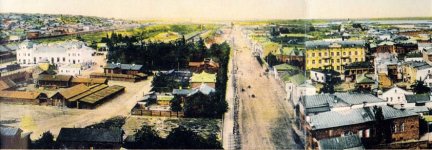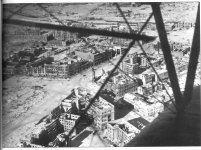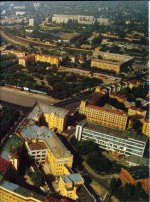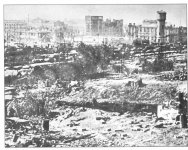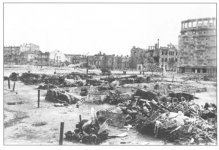Here's a clearer map
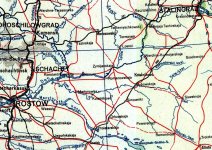
So for reference, the troop trains would roll through Rostov & detrain in Proletarskaja. When the 6 PD came in late November, it detrained much farther up in Kotelikowo which in the parlance of our times, was a 'hot LZ'. Although the town was supposedly 'secure' by a Romanian garrision, as soon as the first train arrived in the station (the first of 78 trains carrying the division), it was attacked by a dismounted Soviet cavalry regiment who infiltrated through the Romanians & the 6PD troops went into action immediately. The div. CO had been prepared for this & even the armor vehicles on the train were combat ready. The attack was driven off, but then the calvary's artillery unit just outside of the town began bombarding the train, and it in turn was destroyed by a quick charge by von Pahnwitz (as in K&C figure) who by chance was in the town inspecting the repair of some broken tanks, & quickly turned the mechanics into Panzertruppen & led the prompt counterattack.
The Kuberle river runs from Simowniki straight up to the Ssal. Budjenny is to the 11 o'clock of Simowniki on the Ssal for reference. I forgot where Ssungar is, but I recall it lies further northeast towards Kotelnikowo.
The 503 battalion operated in the area bordered by the Kuberle, SSal, and Manytsch rivers & was trying to keep the Reds out of Orlowskaja & Proletarskaja. So you could think of it as the 2.502 was in the area north of Simowniki, and the 503 to the south of the town
Forgot one thing: For reference, the relief attempt of Stalingrad got stopped at the Germans crossed the Mishkova river. That's not labeled on this map, but if you look at the Tschir and where it runs into the Don, the Mishkova is the river on the other side, of the Don at Niehnjaja Tschirskaja. The Aksai is the river just below that (above Werchne Kurmojarskaja)
To give an idea of how extended Paulus was even in the good times, the furthest German railhead was at the Tschir river, then supplies had to be taken by road through Kalatsch to the Stalingrad units.



